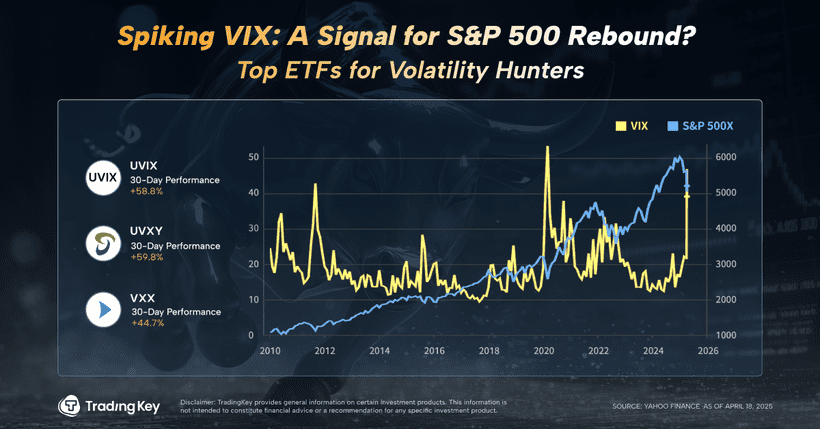WTI inches lower to near $71.00 ahead of US presidential election


- Oil prices receive downward pressure as traders adopt caution ahead of US election results on Tuesday.
- WTI prices rose more than 3% after OPEC+ postponed its planned production increase for December on Monday.
- Oil demand may increase as China is expected to approve an additional stimulus package of more than 10 trillion yuan.
West Texas Intermediate (WTI) Oil price edges lower due to uncertainties surrounding the results of the US presidential election on Tuesday. The WTI price trades around $71.20 during the Asian hours after rising more than 3% on Monday, which could be attributed to OPEC+ coalition, delaying plans to hike production in December.
On Sunday, the OPEC+ alliance—which includes the Organization of the Petroleum Exporting Countries and its allies like Russia—agreed to extend its production cut of 2.2 million barrels per day (bpd) through December 2024, citing weak demand and rising supply outside the group.
Regarding the US presidential election, former President Donald Trump and Vice President Kamala Harris both predicted victory as they campaigned across Pennsylvania on Monday in the final, frantic day of an exceptionally close US presidential election.
The opinion polls show that Trump and Harris are virtually even. The final winner may not be known for days after Tuesday’s vote. Trump has already indicated he may challenge any unfavorable result, as he did in 2020.
The Standing Committee of the National People's Congress (NPC) is meeting in China from November 4 to 8 and is expected to approve additional stimulus measures to support the slowing economy. Media reports suggest that the potential stimulus package could exceed 10 trillion yuan. Any new measures could positively impact Oil prices, as China is the world’s largest Oil importer.
Oil prices may have struggled due to the fading likelihood of a significant rate cut by the Federal Reserve (Fed) in November. Lower borrowing costs could stimulate economic activity in the United States (US), the world’s largest Oil consumer, potentially boosting oil demand and prices. However, markets expect a modest 25 basis point rate cut this week. The CME FedWatch Tool shows a 99.5% probability of a quarter-point rate cut by the Fed in November.
WTI Oil FAQs
What is WTI Oil?
WTI Oil is a type of Crude Oil sold on international markets. The WTI stands for West Texas Intermediate, one of three major types including Brent and Dubai Crude. WTI is also referred to as “light” and “sweet” because of its relatively low gravity and sulfur content respectively. It is considered a high quality Oil that is easily refined. It is sourced in the United States and distributed via the Cushing hub, which is considered “The Pipeline Crossroads of the World”. It is a benchmark for the Oil market and WTI price is frequently quoted in the media.
What factors drive the price of WTI Oil?
Like all assets, supply and demand are the key drivers of WTI Oil price. As such, global growth can be a driver of increased demand and vice versa for weak global growth. Political instability, wars, and sanctions can disrupt supply and impact prices. The decisions of OPEC, a group of major Oil-producing countries, is another key driver of price. The value of the US Dollar influences the price of WTI Crude Oil, since Oil is predominantly traded in US Dollars, thus a weaker US Dollar can make Oil more affordable and vice versa.
How does inventory data impact the price of WTI Oil
The weekly Oil inventory reports published by the American Petroleum Institute (API) and the Energy Information Agency (EIA) impact the price of WTI Oil. Changes in inventories reflect fluctuating supply and demand. If the data shows a drop in inventories it can indicate increased demand, pushing up Oil price. Higher inventories can reflect increased supply, pushing down prices. API’s report is published every Tuesday and EIA’s the day after. Their results are usually similar, falling within 1% of each other 75% of the time. The EIA data is considered more reliable, since it is a government agency.
How does OPEC influence the price of WTI Oil?
OPEC (Organization of the Petroleum Exporting Countries) is a group of 12 Oil-producing nations who collectively decide production quotas for member countries at twice-yearly meetings. Their decisions often impact WTI Oil prices. When OPEC decides to lower quotas, it can tighten supply, pushing up Oil prices. When OPEC increases production, it has the opposite effect. OPEC+ refers to an expanded group that includes ten extra non-OPEC members, the most notable of which is Russia.





